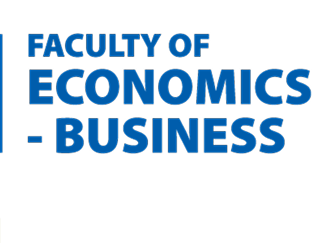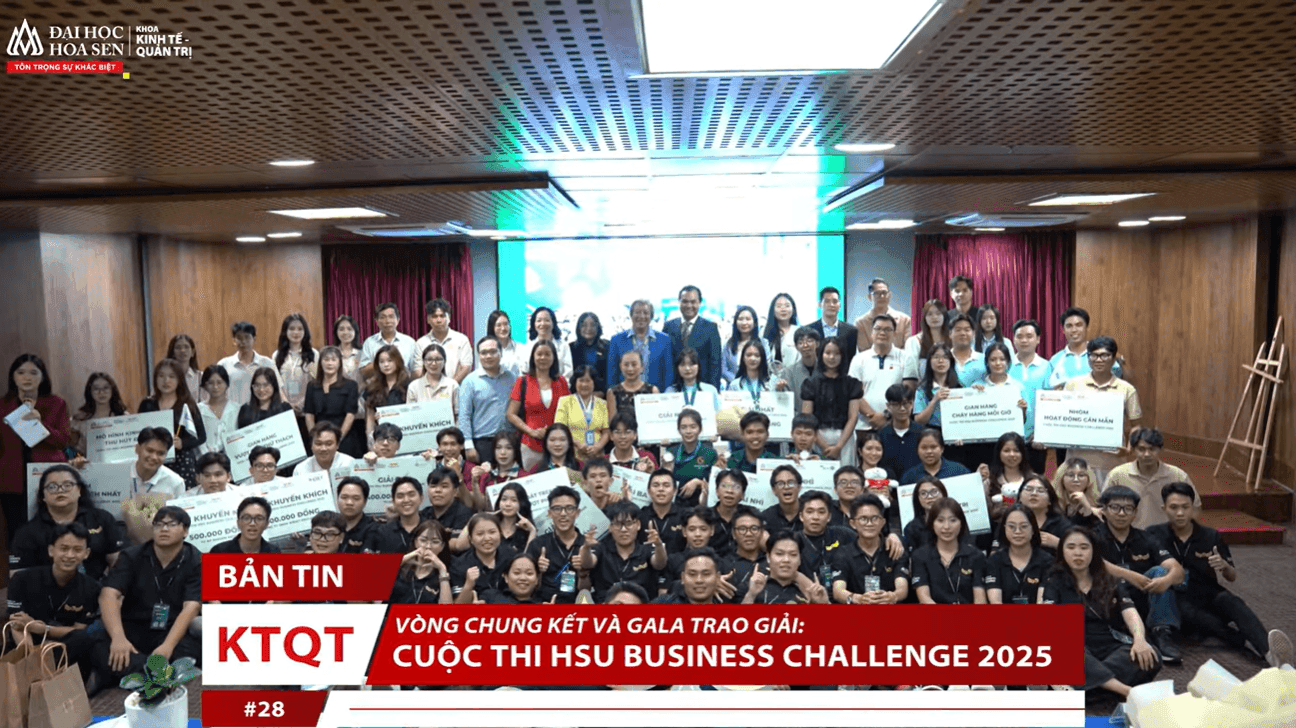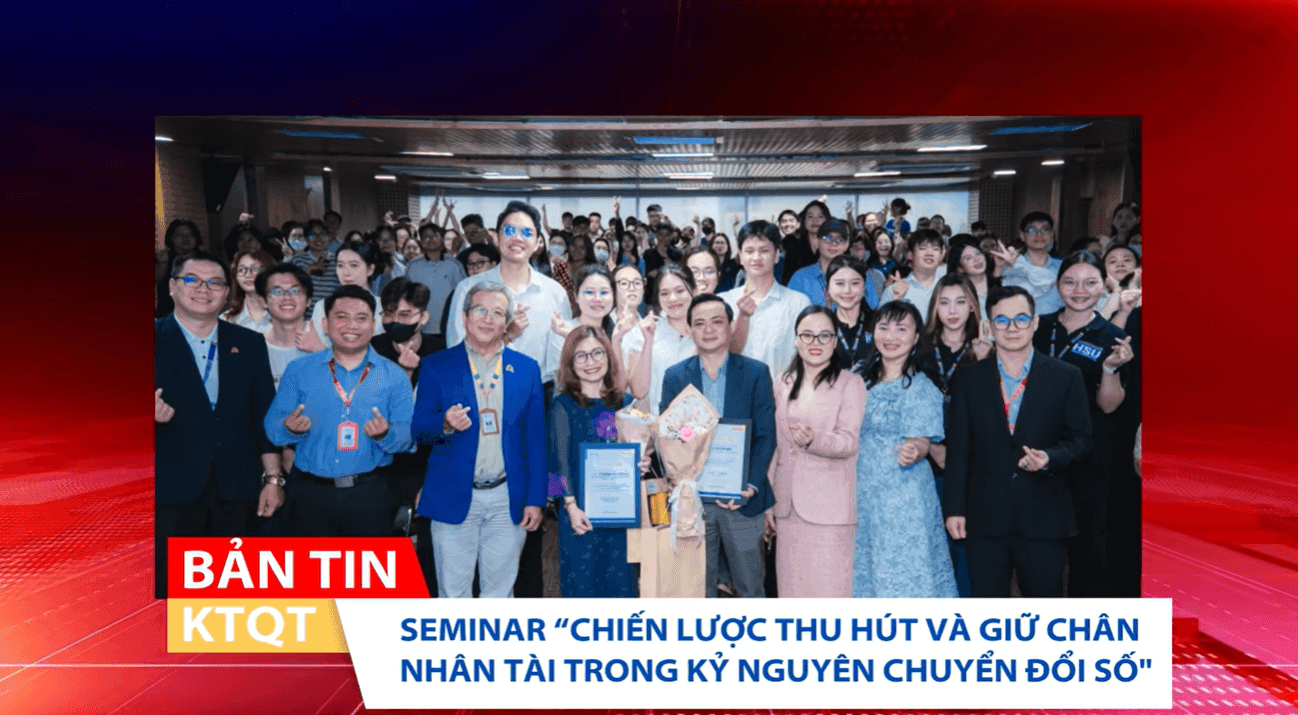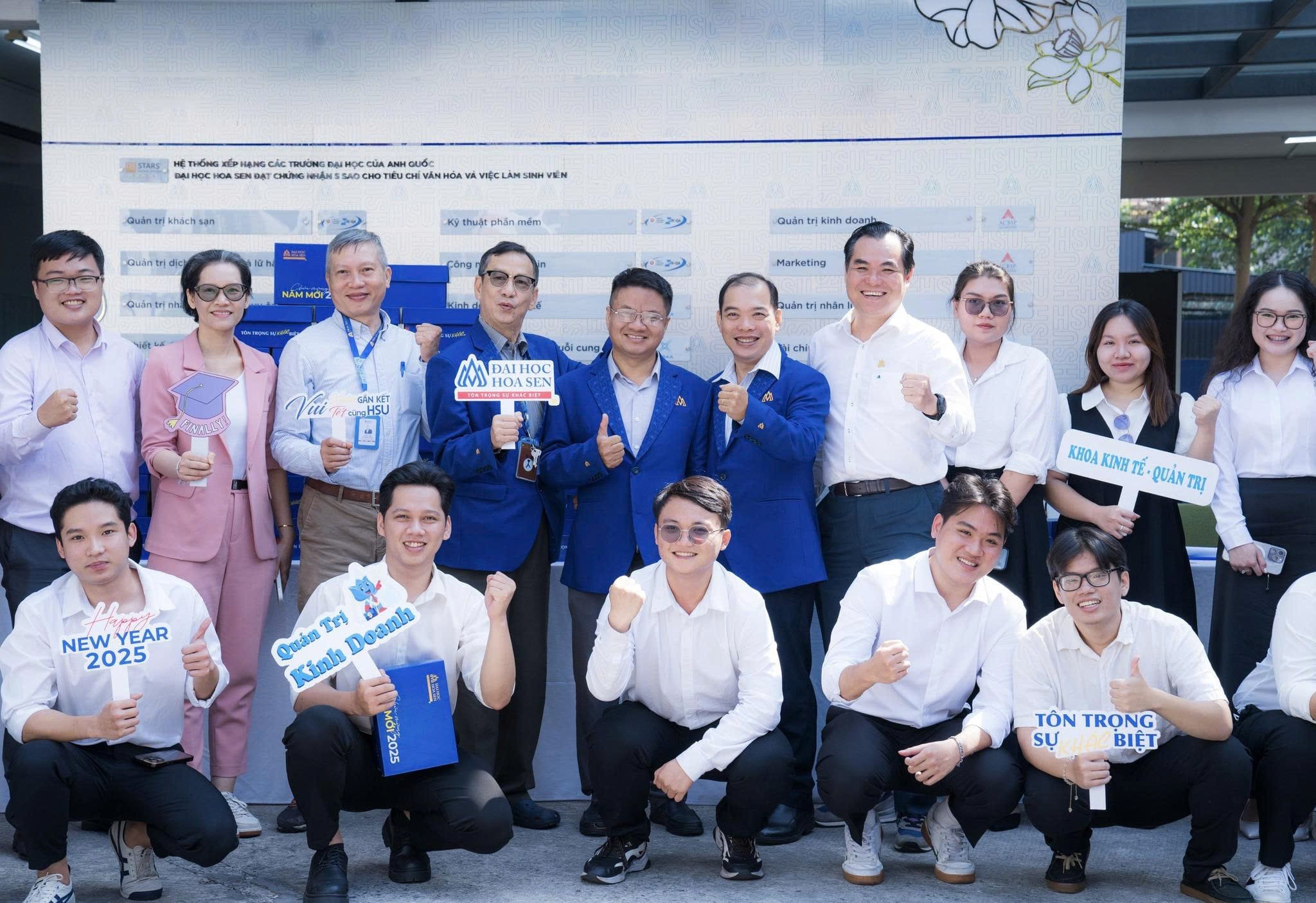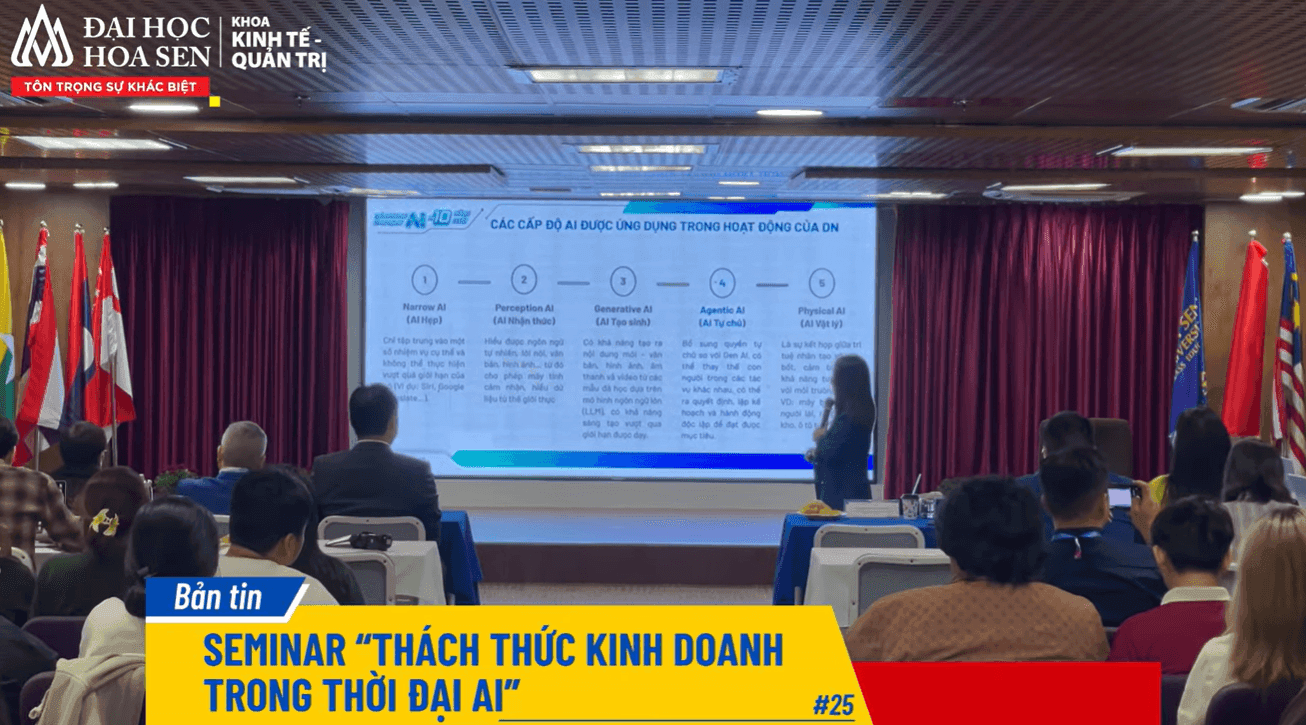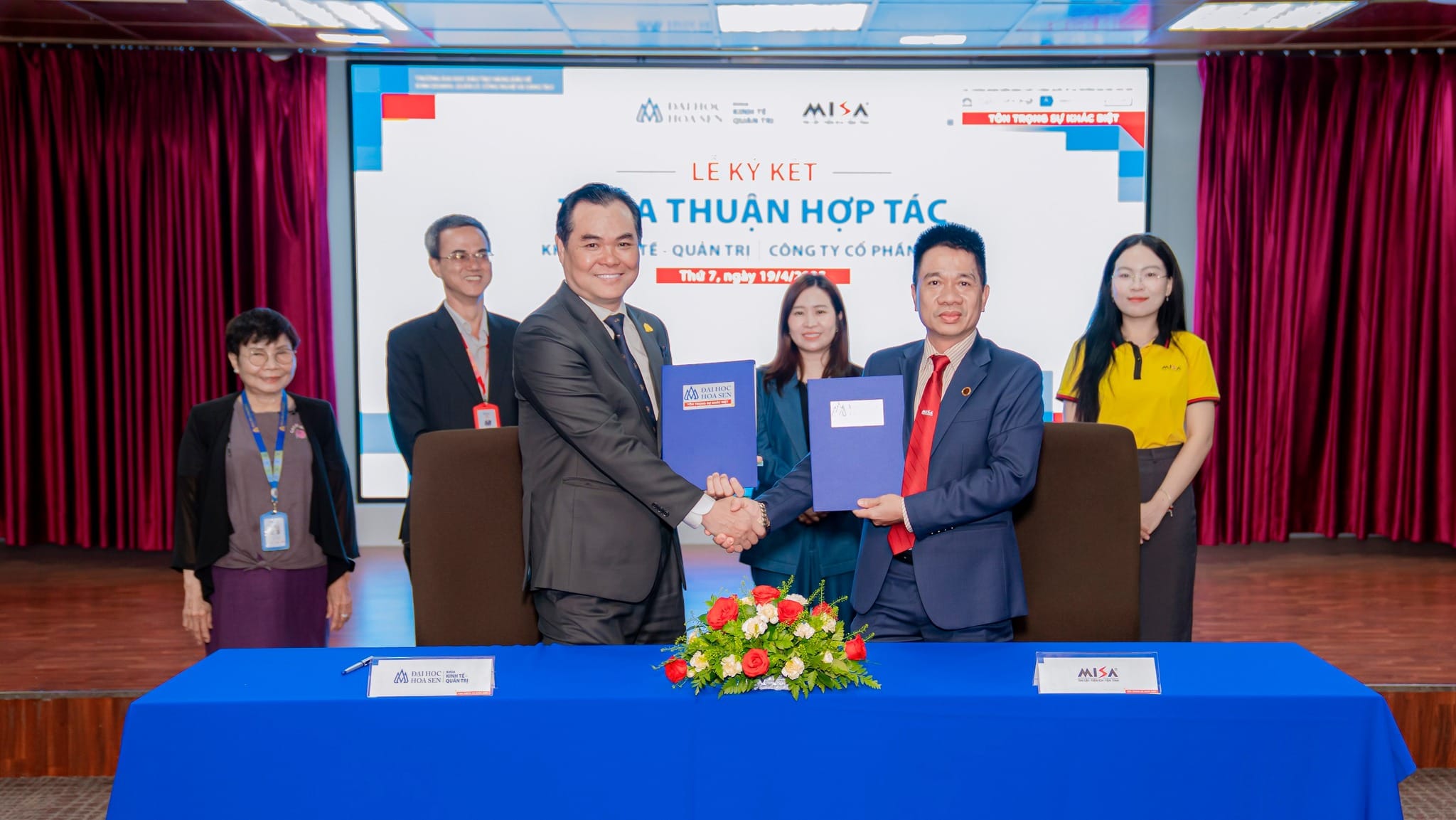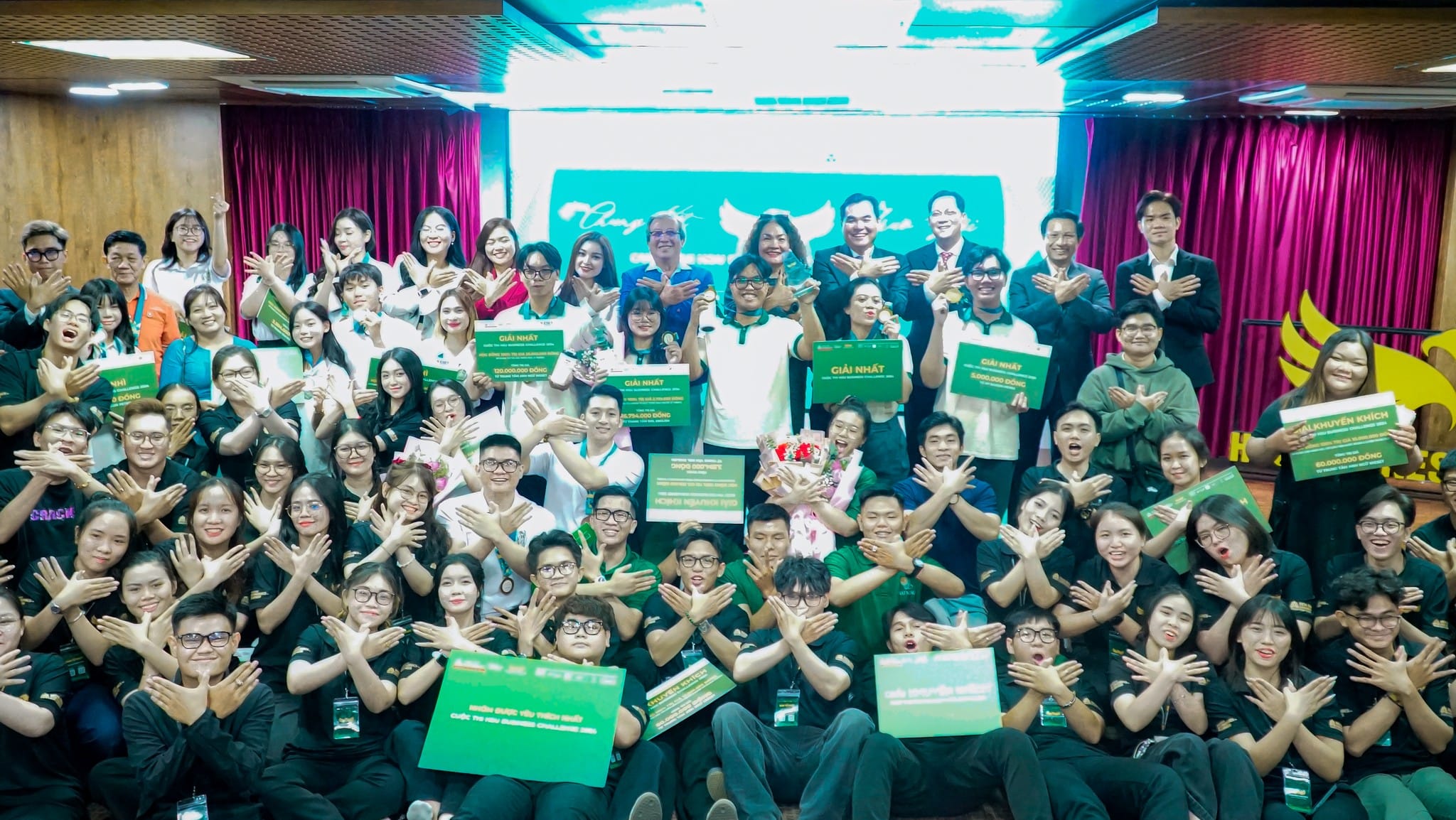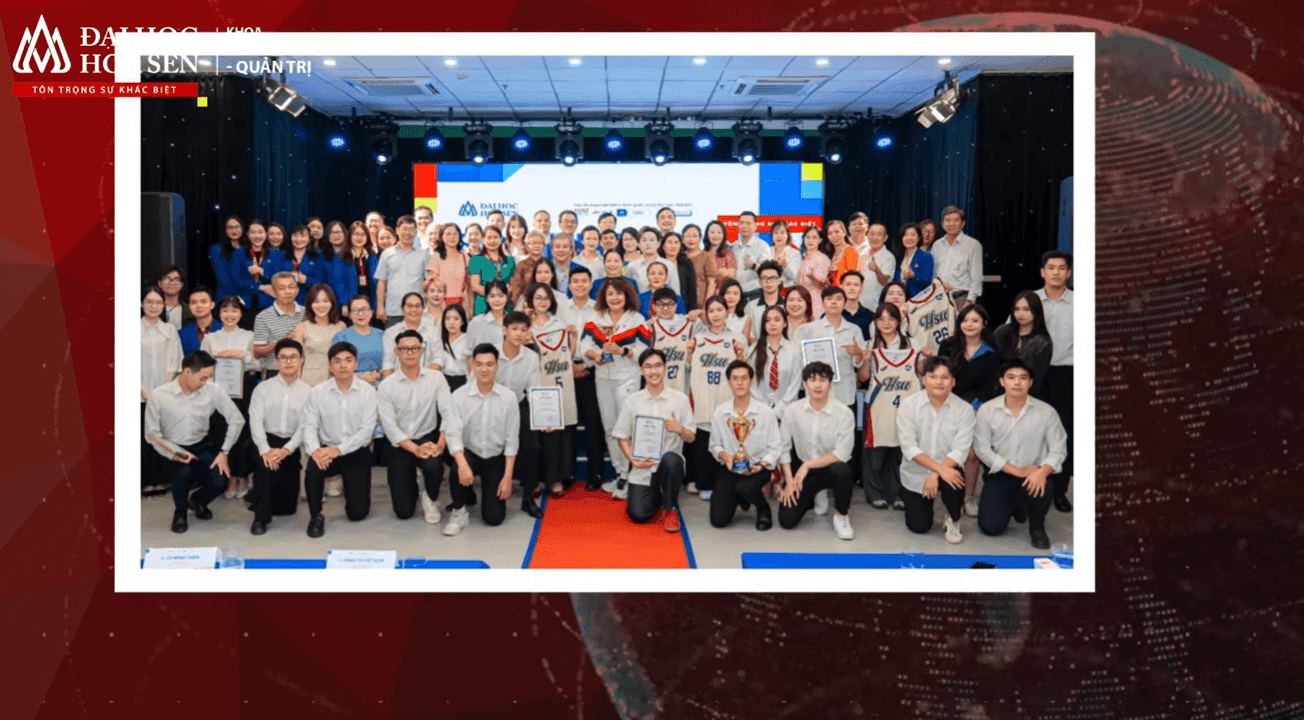TOPIC 7: APPLICATION OF FINTECH TECHNOLOGY IN THE FINANCIAL SECTOR
APPLICATION OF FINTECH TECHNOLOGY IN THE FINANCIAL
1. FINTECH TECHNOLOGY APPLICATION IN THE FIELD OF FINANCE SBV:
IStarting from 2021, banks and Fintech solution providers are anticipated to be officially approved to participate in the Fintech Operation Trial Mechanism within the banking sector. Per the Draft Decree, eligible Fintech areas for the Trial Mechanism encompass Payment, Credit, Peer-to-Peer Lending (P2P Lending), Customer Identification Support, Open Application Programming Interfaces (Open API), and innovative solutions like Blockchain, among other services that bolster banking operations (e.g., credit scoring, savings, capital mobilization). The trial period for Fintech solutions ranges from 1 to 2 years, starting from their approval date by the Prime Minister, varying by the specific solution and field. Following a summary report and monitoring, recommendations are submitted to the Prime Minister for potential actions: discontinuing the trial, acknowledging its completion, or proposing an extension. This scenario presents both opportunities and challenges for Vietnam’s digital economy development. It raises the question: How will we prepare to align with the 4.0 economy trend?
2. FINTECH TECHNOLOGY IN Peer-to-Peer Lending (P2P) SITUATION AND CHALLENGES IN VIETNAM
In this model, peer-to-peer lending companies offer an online platform that directly facilitates loan transactions between borrowers and lenders. The online platform digitally records and stores all activities related to borrowing and repayment (including principal and interest) between borrowers and lenders. Peer-to-peer lending operates on an information technology foundation, with businesses in this sector leveraging Big Data to amass comprehensive data on both lenders and borrowers. 2.1.P2P benefits Promote financial inclusion, especially in areas where the financial system is underdeveloped; people, business households, and Small and Medium Enterprises (SMEs) have little access financial-banking services with low cost and fewer procedures. Online customer profile assessments are quicker and less costly than traditional methods, allowing investors the autonomy to select their borrowing partners on the peer-to-peer lending platform. The swift advancements in science, technology, the internet, mobile devices, and notably big data, fuel the creation and growth of technological products. Additionally, peer-to-peer lending plays a role in countering illicit lending practices. There exists a risk in the policy, legal framework, and credit law regarding the oversight and management of peer-to-peer lending activities. Both borrowers and lenders face risks when participating in peer-to-peer lending.
3. LENDING ACTIVITIES THROUGH APPS – STATUS AND CHALLENGES IN VIETNAM
3.1. How much is the loan interest rate called “usury”?
According to Article 201 of the Penal Code 2015, amended and supplemented in 2017, lending at an interest rate 5 times or more of the highest interest rate prescribed in the Civil Code and earning illicit profits is considered usury – Pursuant to Article 468 of the 2015 Civil Code, the interest rates are as follows:
3.1.1. The interest rate of the loan shall be agreed upon by the parties. – Where the parties have an agreement on the interest rate, the agreed interest rate must not exceed 20%/year of the loan amount, unless otherwise provided by other relevant laws. Based on the actual situation and at the proposal of the Government, the National Assembly Standing Committee shall decide to adjust the above-mentioned interest rates and report to the National Assembly at the earliest meeting. – In case the agreed interest rate exceeds the limit interest rate specified in this Clause, the excess interest rate will not take effect.
3.1.2. In case the parties have an agreement on interest payment, but the interest rate is not clearly defined and there is a dispute over the interest rate, the interest rate shall be determined equal to 50% of the limit interest rate specified in Clause 1 of this Article at the time of payment. pay.
3.2. Actual situation:
3.2.1. The First form of loan: Lenders will create applications (apps) on phones such as “vay tocdo”, “Moreloan”, or “VD online”. These applications are widely introduced through channels such as Facebook or Web for easy access to the borrowers. When there is a need, the application will ask the borrower to create an account to provide personal information (photo, ID card, bank account number) and agree to their terms, including mandatory terms. the borrower consents to the application to access the mobile phone book. The actual borrower is not allowed to borrow the exact amount, but minus a number called service fee or prepaid interest. If late payment interest will be fined from 2-5% to calculate the loan amount through the application can be up to 3% / day, 90% / month. When the due date is near, there will be staff reminding the debt and if not paying correctly, someone will call relatives and friends to threaten the borrower.
3.2.2. The second form of loan: Lenders will create applications (apps) on phones. These applications are widely introduced through channels such as Facebook or Web for easy access to borrowers. The way it works is that the interest rate doesn’t seem to be high, but management fees, debt collection, consulting fees, etc. are very high. For example, borrow 4 million in 7 days with an interest rate of 0.02%/day. But actually received only about 2 million – 3 million VND due to the management fee deduction. Borrowers must provide information about ID cards and phone numbers. After that, when not paying the loan on time, they will be guided to other applications to borrow, borrowing through many apps will increase the amount to be paid many times, borrowing 4 million can increase to 20 million. If the borrower does not pay for the loans, the lender set up a clone account on Facebook to defame or terrorize the borrower’s family, etc. There are even cases where customers download the app, then only ask for loan information but then change their mind not to borrow. But after that, he was constantly asked for debt for the reason that it was a consulting fee.
3.3. Challenge:
There is no clear law and strict sanctions on this form of lending through this app – People’s need today to cover small but urgent consumption is still a lot. – While there is still official loan at commercial banks, although the loan procedure has been greatly reduced, it is still not as fast and simple as borrowing through the app, making the borrower hesitant.
4. COMMENTS, CONCLUSION
Completing the legal framework in Vietnam for revolutionary financial products and services, solution providers, lenders, and borrowers. Research, update and amend the Law on Credit Institutions. In addition, it is necessary to study lending models in the world, experience in managing and monitoring this activity, thereby building an optimal legal framework to promote the positive aspects of these products and services. Introduce regulations and policies to minimize risks and negative impacts on participants, ensure safety for people, solution providers and lenders, thereby promoting development and financial inclusion in Vietnam. Participants (businesses and people), need to carefully consider and calculate to avoid falling into the consequences of loans, black credit… People and businesses should carefully examine the information and be careful when joining lending platforms.
